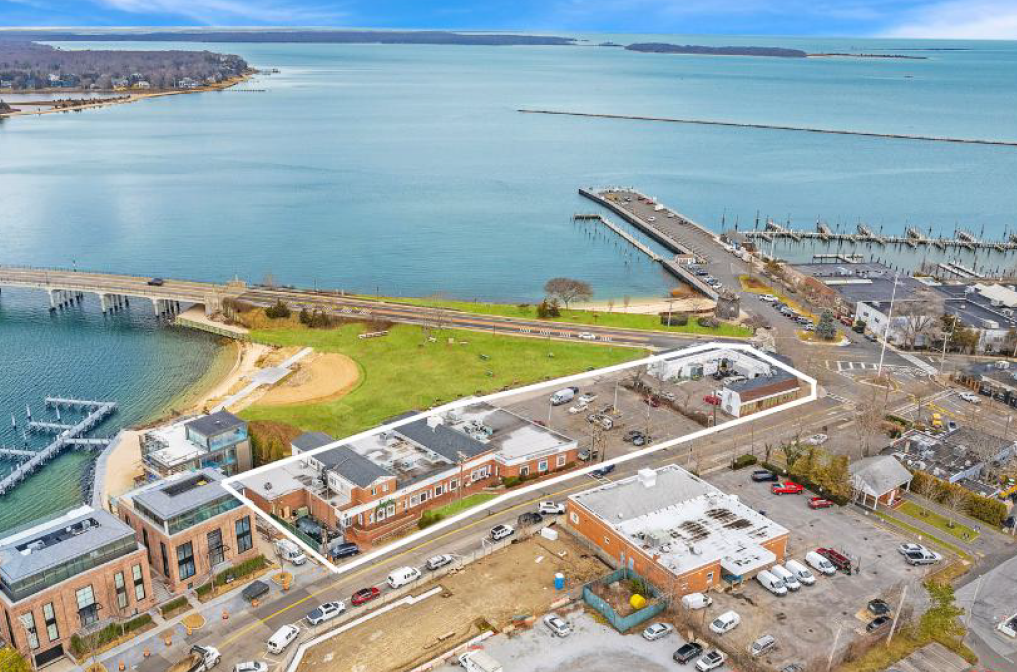After The Fire

The whole world watched in horror as, just before Easter, a fire raged at Notre Dame, one of the most beloved sites in Europe.
Onlookers were aghast at how quickly the roof of the church went up in flames, and issued a collective gasp as the spire toppled into the inferno. Parisians came together in sorrow and unity to sing before the smoldering church, a symbol not only of faith but Notre Dame’s ability to withstand centuries of change and peril. Immediately, pledges of support came in to vow to rebuild Notre Dame and restore it to its glory. Some of the wealthiest citizens of France pledged hundreds of millions of euros along with the City of Paris. The pledge quickly rose to nearly a billion euros.
While many were encouraged by the national pride and generosity these pledges symbolized, others raised collective sourcils (French for eyebrows.) The yellow vest protestors took back to the streets with a new sense of outrage that billionaires would so quickly donate to rebuild a building but not the society they see deteriorating in economic inequality and despair.
Americans weighed in as well, with author Kristan Higgins saying, “Donate to help Puerto Rico recover. Donate to get the people of Flint clean water. Donate to get kids out of cages. Jesus didn’t care about stained glass. He cared about humans.”
While it may not be internationally known like Notre Dame, the Sag Harbor Cinema faced its own devastating fire, the neon sign like the cathedral’s spire a beacon of local pride and history. While in Sag Harbor’s case, the sign was saved, the entire building was ruined, and the community looked to help rebuild it. The Sag Harbor Partnership set up a fund to purchase the site for $8 million and raised an additional $6 million for construction to rebuild the site as an artistic center.
Famous and ordinary people generously donated, and the structure is well on its way to a new and better life. Locals remember where they were the day of the fire in December 2016 and came out to support and thank the volunteer fire department, which valiantly fought the blaze in freezing temperatures and prevented further damage.
While the only yellow vests in Sag Harbor are utility workers, there are still many who are struggling here with their own economic and survival issues. The quaint little whaling village is subject to the same increasing economic disparity as the rest of the country. A tax increase, health incident, or lost job can easily push someone over the edge. For everyone struggling here, they can imagine what a generous outpouring of support of $14 million could mean to those locals in need.
Here’s the thing. Blazing fires of beloved monuments inspire empathy and a desire to restore not only the structures, but their community meaning. Yet there are smoldering personal fires everywhere which can threaten to engulf people, and the community doesn’t see the smoke.
Southampton, through the Community Preservation Fund, gave $4 million to the Sag Harbor Cinema rebuilding. We are lucky to have such a fund from a two-percent real estate buyer’s tax, but in terms of the broader sense of preserving our community, there is another valuable asset besides open land and art centers. People. There are many writers and artists and all walks of life locals who are also an important part of the fabric of life, and many are barely hanging on or giving up and leaving. There are no phoenixes rising from these ashes.
As we live life after the fire, let us remember that our neighbors and people we see every day are also our local treasures. Could there be a community preservation fund for them?
kissandtellhb@gmail.com



